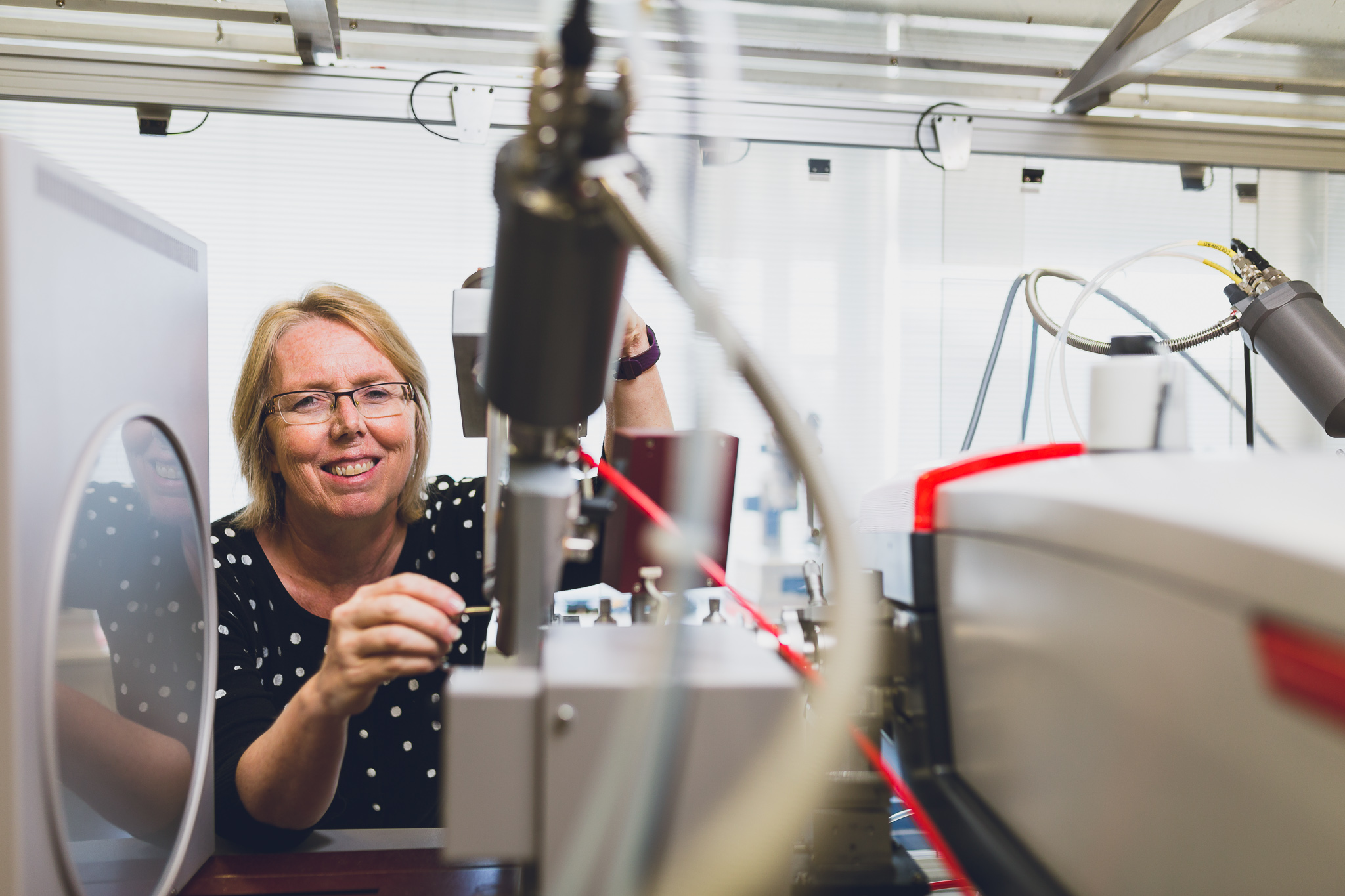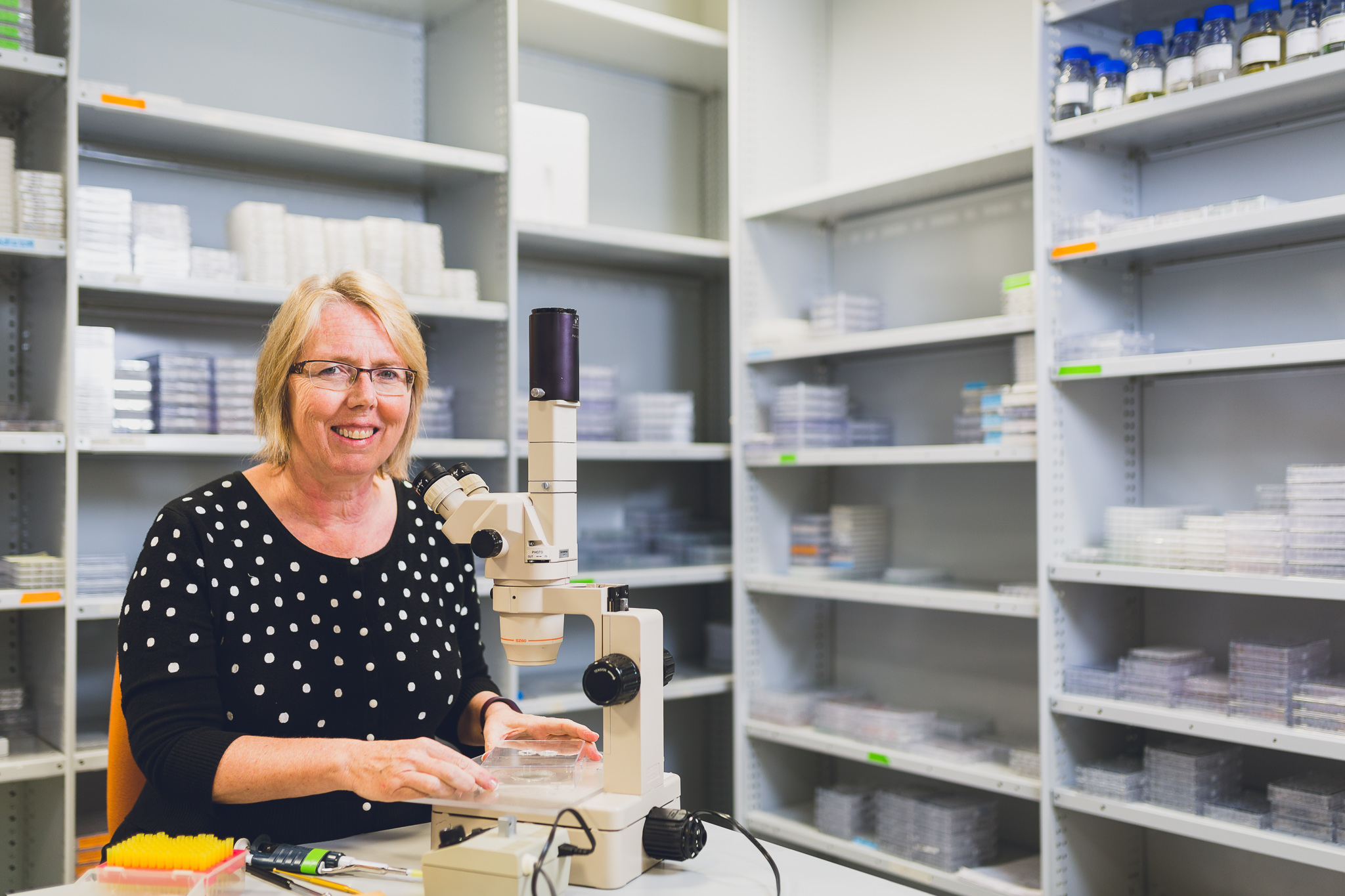Stopping Superbugs

Stopping the rise of the superbug.
By studying the structure of proteins, Professor Alice Vrielink is bringing us closer to preventing antimicrobial resistance.
Every year, multi-drug resistant bacteria cause approximately 700,000 deaths around the world, and the World Health Organisation predicts this figure could rise to 10 million by 2050. But there is hope, and it’s thanks to Professor Vrielink and her team’s discovery of the three-dimensional structure of a protein that is common to most drug-resistant pathogenic bacteria, commonly known as superbugs.
The protein, EptA, shields bacteria from both the human immune system and Colistin, an antibiotic used when all other treatments fail. The ability to see the structure of this protein is important as it will enable the development of a drug that will inhibit this masking mechanism, making the bacteria susceptible to antibiotics. “Think of a protein as a lock on a door. It has a certain shape and only a certain key will fit. In order to know the shape of this key, it’s essential to know the shape of the lock. ”
The value of mentorship
This incredible breakthrough was made using x-ray crystallography, a method that Professor Vrielink came to specialise in under the guidance of a mentor. “During my study I had a fabulous mentor, Penny Codding. She taught me the power of crystallography”. Today, Professor Vrielink pays homage by guiding a number of students of her own. “I have a lot of young women in my lab. It’s important that they see our successes and we support them through the challenges they’ll face in their professional and personal lives.” In fact, the actual discovery of the protein structure was made by one of her students. “I watched her develop from somebody who didn’t have much confidence in the her skills, to one of the most valuable people in this building”.

While the ability to map the structure of the EptA protein appears to be a recent breakthrough, Professor Vrielink describes it as a work of 8 to 10 years in the making. She began the project when she accepted the position of a Structural Biologist at UWA. From this point, her research was made possible through collaboration, funding and support. “We got a generous start up package from the university that allowed us to set up the lab and get the equipment that is essential to crystallography.” Looking back, she now counts the project as one her most exciting and rewarding. “ When you first discover the structure of a molecule, it’s an amazing moment. At that point, you’re the only person in the world who can see and understand its shape”.
Not one to be short of motivation, Professor Vrielink plans to continue her current research. Along with her team, she is now working on new and more challenging targets, with the goal of finding an inhibitor that will combat antibiotic resistant bacteria. “If we can make a difference to antimicrobial resistance, one of the largest challenges in the world, then I’ll feel like I’ve contributed something truly useful to society”